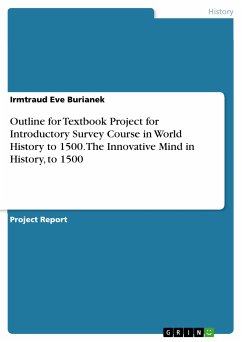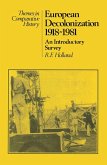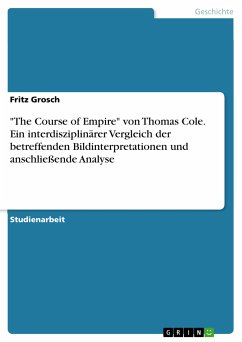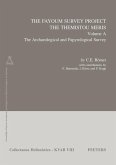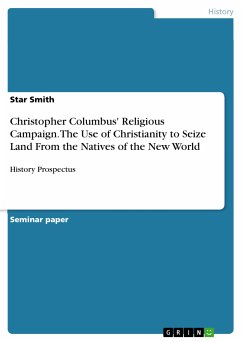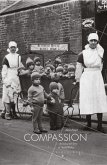Project Report from the year 2016 in the subject World History - General and Comparison, grade: -, , language: English, abstract: The proposed project is an anthology of readings suited for a college introductory survey course in world history to 1500. The anthology will be built around the theme of the innovative mind in history. The anthology will look at examples of significant innovations, inventions, new ideas, and new technology from prehistory to 1500. The author seeks to bring fresh new ideas and interpretations of the often routine taught survey of ancient and medieval history. The introduction will present the theme of the innovative mind, define the term and discuss the methodology as well as the learning objectives. The author wants to select from each major civilization in the world defining examples of innovation or advances in thinking. For each example the author will provide scholarly articles, excerpts from books, images, diagrams, to study and questions to lead discussions or for reflection. The rationale for this project is based upon author's years of experience in the college classroom as well as online teaching. She has observed that students' attentions are captured when explaining how a certain technology was developed or how certain modes of thought familiar today originated in history. In this way students saw a connection between the past and present. Their interest is stimulated. Students are especially interested when they recognize the connection of new ideas in antiquity and the Middle Ages throughout times and to their own present. Furthermore, the author has seen that subjects such as these are inadequately discussed in textbooks and not often covered in companion readers. The author also observed that more college students are entering into the so-called STEM (Science, Technology, Engineering, and Mathematics) fields. Examples from history of advances in scientific thinking, theorizing, and of practical application will appeal especially to these students. It can be predicted that this anthology will fill a need in the curriculum and college instructors will want to adopt it for their survey classes.
Dieser Download kann aus rechtlichen Gründen nur mit Rechnungsadresse in A, B, BG, CY, CZ, D, DK, EW, E, FIN, F, GR, HR, H, IRL, I, LT, L, LR, M, NL, PL, P, R, S, SLO, SK ausgeliefert werden.

